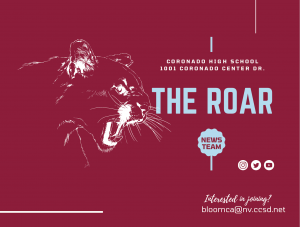By Shelby Thomas

Photo by Rachael Mintz
Price tags gleam with expected deals as shoppers skower the racks for major deals—or, perhaps better said, major steals. When you make a fashion investment, which tag do you look at? The price tag, of course, because of its major wallet implications, but the other tag, the one that lists the manufacturer, might have a greater impact on society.
That tag may read “Made in China.” “Made in Vietnam.” “Made in Cambodia.”
America is home to one of the most active consumer populations in the world. Many ads in the fashion industry specifically target America’s fast paced market that demands the highest of style at the cheapest of prices.
Americans buy 20 billion garments each year according to Overdressed, and that number in only on the rise. Of those 20 billion pieces of clothing bought in the US each year, 2% are made in America by American workers. The US Department of Commerce reported that $73 billion worth of clothing was imported into the US in 2012 alone.
“It seems as though more and more of our products are coming from overseas. Our cars and electronics are all made in Asia. Our clothes being made in Asia only seems to make sense,” Andrew Collins, sophomore, said.
While this may seem to be the norm, Americans have not always relied so heavily on foreign-made garments. As early as the late 90s, the US was a major textile-creator. The number of people employed in the garment making business in America has declined 80% in the past twenty years.
Not only do buy American groups decry this recent development, those who advocate for workers’ rights and ethical consumerism are up in arms.
Cambodia is one of the worst offenders, where the level of safety regulations is minimal and inspections rarely ever happen. In April of this year, a sweatshop collapsed, killing 1,127 workers, mainly women who worked 18 hour work days and were paid a median wage of 56 cents an hour. As the weather heated up in May, factory workers experienced mass fainting spells. In one H&M factory, over 300 workers fainted in one afternoon due to heat and toxic exhausts that were not properly filtered.
Corrupt governments often further the exploitation of these workers by not enforcing minimum wage, environmental statutes, and proper safety regulations. Lack of education channels women and children, whose families need their minimal salaries to survive, into these jobs. For many, there is no other option.
“It seems pretty ridiculous to me that there are groups fighting for animal rights when nobody cares about the humans behind the clothes. Children might be losing their hands in Bangladesh, but at least no cows were harmed in the making of this vegan leather jacket,” Reed Evon, senior, said.
Human rights organizations across the globe have worked to highlight starvation wages and abuse in third world countries. These “Sweat-Free” Communities include Clean Clothes Campaign, Green America, and Global Exchange. While they differ on focus, from environmental to social impacts of sweatshops, they all advocate for clean and safe alternatives to the status quo.
Buying American products has previously been championed by these groups because the US has a higher minimum wage and safety standards, but a new group of products are emerging.











